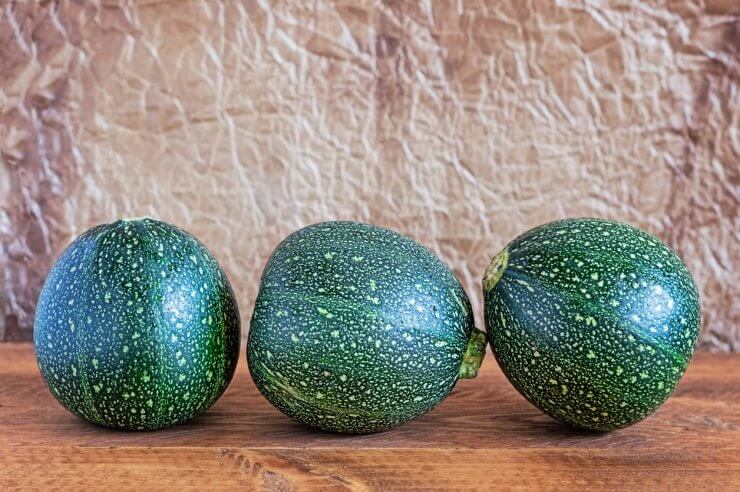
I’ve been growing squash in my backyard for years. It started with a few zucchini plants and quickly grew into an obsession with winter squash. There’s something satisfying about nurturing these plants from seed to harvest, watching the vines sprawl across the garden and the fruits swell throughout the summer.
For a long time, I didn’t think twice about planting different squash varieties side by side. My garden was a patchwork of butternuts, acorns, pumpkins, and whatever new variety caught my eye in the seed catalog that year. I was blissfully unaware of what was happening beneath those big prickly leaves.
It wasn’t until a conversation with a neighbor that I learned about cross-pollinated squash. “You might want to space out those varieties,” she said, nodding at my garden. “Unless you’re looking for some surprises next year.”
Surprises? In my orderly squash patch? I was intrigued and a little concerned. That casual remark sent me down a rabbit hole of squash genetics and garden planning that changed the way I approach my favorite crop.
If you’ve ever wondered why your saved squash seeds didn’t grow true to type, or if you’re curious about what’s really going on in your squash patch, stick around. I’m going to share what I’ve learned about cross pollinated squash, and trust me, it’s more interesting (and useful) than you might think.
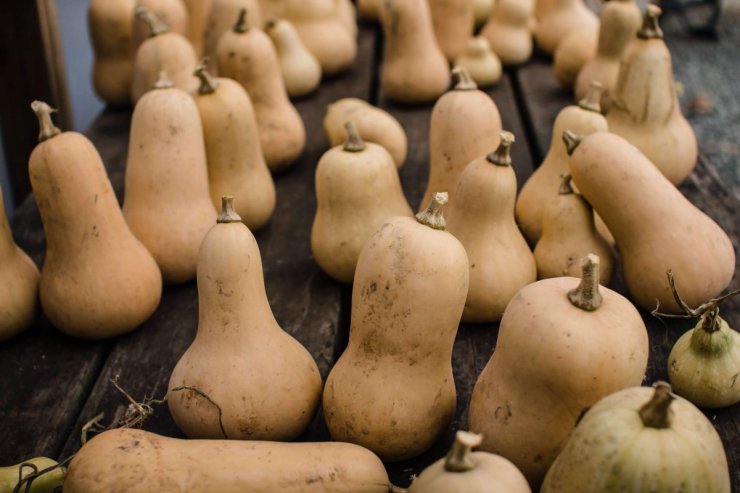
The Birds and the Bees (and the Squash)
Let’s start with the basics. Cross-pollination occurs when pollen from one plant variety fertilizes the flower of another variety within the same species. In the case of squash, which belong to the Cucurbita genus, this means that different varieties within species like C. pepo (zucchini, pumpkins, some gourds) or C. maxima (Hubbard squash, some pumpkins) can cross-pollinate.
The process itself is quite remarkable. Squash plants produce separate male and female flowers, and rely on insects – primarily bees – to transfer pollen between them. These industrious pollinators don’t discriminate between varieties, happily buzzing from a ‘Butternut’ to a ‘Hubbard’ without a second thought.
Now, you might be wondering: Is cross-pollinated squash something to worry about? The answer, like many things in gardening, is nuanced.
Risks of Cross-Pollinated Squash
- Unexpected Flavors: Cross-pollination can result in fruits with flavors that differ from what you expected. While this isn’t harmful, it might be disappointing if you’re counting on a particular taste.
- Altered Textures: The texture of your squash might also be affected, potentially changing from smooth and creamy to stringy or watery.
- Seed-Saving Complications: If you’re a seed saver like me, cross-pollinated squash can throw a wrench in your plans. Seeds from these fruits won’t produce true-to-type plants next season.
Benefits of Cross-Pollinated Squash
- Genetic Diversity: Cross-pollination is nature’s way of promoting genetic diversity, which can lead to more resilient plants over time.
- Exciting New Varieties: Some of our favorite squash varieties started as happy accidents in a gardener’s patch. Your cross-pollinated squash could be the next big thing!
- Learning Opportunities: Observing the results of cross-pollination can be a fascinating lesson in plant genetics and evolution.
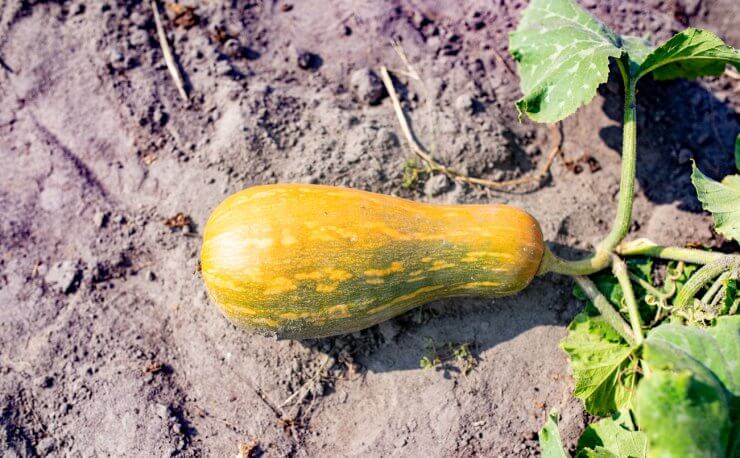
Can You Tell If Your Squash Has Cross-Pollinated?
One of the most common questions I get about cross-pollinated squash is whether you can tell if it’s happened just by looking at the fruit. The short answer is: not usually. The effects of cross-pollination typically don’t show up in the current season’s fruit. The genetic mixing only becomes apparent when you plant the seeds from that fruit the following year.
However, there are exceptions. Sometimes, you might notice subtle changes in color, shape, or texture that hint at cross-pollination. But for the most part, your butternut squash will look like a butternut squash, even if it’s carrying genes from a chance encounter with a nearby acorn squash.
Squash Varieties That Commonly Cross-Pollinate
Understanding which squash varieties are likely to cross-pollinate is crucial for gardeners looking to maintain pure seed lines or avoid unexpected hybrids. Here’s a breakdown of common squash species and the varieties within them that can cross-pollinate:
- Cucurbita pepo
- This species includes a wide range of popular varieties that readily cross-pollinate:
- Summer squash (zucchini, yellow crookneck, pattypan)
- Pumpkins (including pie pumpkins and jack-o’-lantern types)
- Acorn squash
- Delicata squash
- Spaghetti squash
- Some gourds
Fun fact: Despite their differences in appearance, a zucchini can cross-pollinate with a pumpkin! This is why you might get some strange-looking offspring if you save seeds from these varieties.
- This species includes a wide range of popular varieties that readily cross-pollinate:
- Cucurbita maxima
- Another group of winter squashes that cross-pollinate among themselves:
- Hubbard squash
- Kabocha squash
- Buttercup squash
- Some large pumpkin varieties (e.g., ‘Atlantic Giant’)
- Banana squash
- Another group of winter squashes that cross-pollinate among themselves:
- Cucurbita moschata
- This species includes:
- Butternut squash
- Some pumpkins (e.g., ‘Long Island Cheese’)
- Calabaza
- This species includes:
- Cucurbita argyrosperma (formerly known as C. mixta)
- Less common in home gardens, but includes:
- Cushaw squash
- Some pumpkins
- Less common in home gardens, but includes:
It’s important to note that while varieties within each species can cross-pollinate, cross-pollination doesn’t occur between different species. So, a C. pepo zucchini won’t cross with a C. maxima Hubbard squash.
In my garden, I’ve found that the C. pepo group is the most likely to produce unexpected crosses, simply because it includes so many popular varieties that I tend to grow together. One year, I ended up with a peculiar hybrid that looked like an acorn squash but had the coloration of a zucchini – a testament to the genetic diversity within this species!
For those of you growing multiple varieties, keep this information in mind when planning your garden layout. If you’re intent on saving pure seeds, you may want to focus on growing just one variety from each species per season. Alternatively, you can embrace the potential for cross pollinated squash and see what interesting combinations nature might produce in your garden!
Is Cross-Pollinated Squash Safe to Eat?
Here’s some good news for those of you worried about your mixed-up squash: Cross-pollinated squash is perfectly safe to eat. The genetic changes don’t affect the edibility or nutritional value of the fruit. In fact, you’ve probably eaten cross pollinated squash without even realizing it!
The only time you need to be cautious is if you’re growing ornamental gourds alongside your edible squash. Some ornamental varieties contain compounds that can cause stomach upset if consumed in large quantities. But even then, the current season’s fruits are fine – it’s only if you plant the seeds from a cross between edible and ornamental types that you might get some unpalatable results.
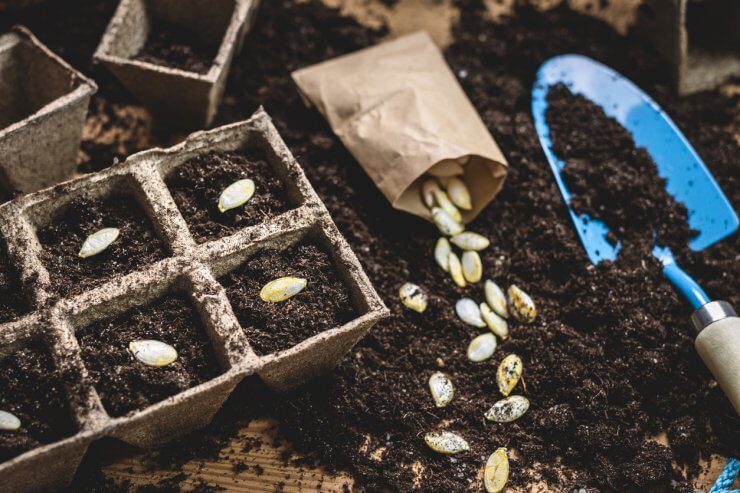
The Seed-Saving Dilemma
For many gardeners, including myself, saving seeds is a cherished tradition. It’s economical, sustainable, and there’s something deeply satisfying about completing the full cycle of plant growth. However, when it comes to cross-polluted squash, seed saving becomes a bit more complicated.
If you save and plant seeds from a cross-pollinated squash, you’re likely to get some interesting and unpredictable results. The offspring might combine traits from both parent plants, or they could revert to characteristics from earlier generations. While this can be exciting for experimental gardeners, it’s not ideal if you’re aiming for a consistent crop.
My advice? If you’re serious about seed saving, you’ll need to take steps to prevent cross-pollination (more on that in a moment). Otherwise, enjoy the fruits of this season’s labor and purchase new seeds for next year’s planting.
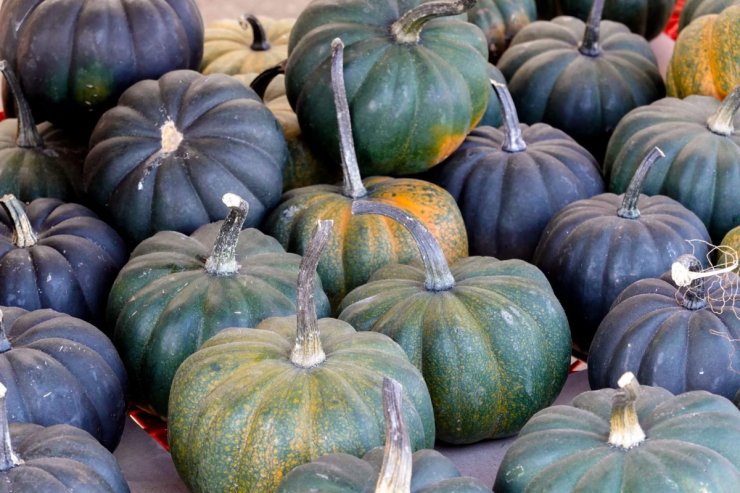
Keeping Your Squash Varieties Pure
So, what if you want to grow multiple squash varieties and keep them from crossing? Here are some strategies I’ve found effective:
- Distance: The most reliable method is to space your different squash varieties far apart. For small-scale gardeners, this might mean growing only one variety per season. Commercial growers typically maintain a distance of at least a quarter-mile between varieties.
- Timing: Plant varieties with different maturity dates so they’re not flowering at the same time.
- Hand Pollination: This is a bit labor-intensive but very effective. Cover female flowers before they open, then manually transfer pollen from a male flower of the same variety when the time is right.
- Physical Barriers: Use row covers or isolation chambers to prevent insects from cross-pollinating your plants. Just remember to remove these during the day to allow for proper pollination!
After years of fretting over cross-pollinated squash, I’ve come to embrace the element of surprise it brings to my garden. Yes, I still take precautions when I’m growing squash for seed saving or when I need a particular variety for a recipe. But I’ve also set aside a “experimental plot” where I let nature take its course.
This approach has led to some fascinating discoveries and delicious accidents. One year, I ended up with a squash that had the shape of a butternut but the color of a kabocha – it made for some interesting conversation at the dinner table!
Want to dive deeper into the world of winter squash cultivation? Check out our comprehensive Winter Squash Gardening Guide. It covers everything from soil preparation to harvest techniques, with special sections on heirloom varieties and long-term storage methods.
Now that we’ve explored the ins and outs of cross-pollinated squash, I’d love to hear about your experiences. Have you ever grown an unexpectedly hybrid squash? Do you have any tips for maintaining variety purity in small gardens? Share your stories and questions in the comments below – let’s keep this gourd-geous conversation growing!


 Previous
Previous
